- Applied Clinical Trials-10-01-2025
- Volume 34
- Issue 4
Reframing the IND: From Tactical Requirement to Strategic Opportunity
Key Takeaways
- The IND application process is a strategic opportunity to align scientific, regulatory, and operational priorities, transforming a pharmacological entity into a corporate asset.
- Treating the pre-IND/IND process as a strategic resource allows sponsors to validate capabilities, de-risk decision-making, and enhance business credibility.
How a strategic approach to the pre-investigational and investigational new drug application process can be used as a business and clinical catalyst.
The investigational new drug (IND) application to the FDA represents a significant milestone in the journey from concept to clinical testing. Yet it is more than just a regulatory requirement. Although it is a necessary step toward conducting clinical trials in the US, sponsor companies should think of it less as a tactical obligation and more as a pivotal opportunity to shape clinical strategy and product positioning.
Both the pre-IND meeting and subsequent IND application should be viewed as part of a process that provides a critical planning and communication tool. Seen in that light, it can help align scientific, regulatory, and operational priorities across the drug development lifecycle, and provide a business framework for asset development.
Indeed, it can transform a product from an interesting pharmacological entity with therapeutic potential into a corporate asset.
Treating the pre-IND/IND process as a strategic resource rather than a tactical checkpoint gives sponsors the means to:
- Validate their scientific and technical capabilities in a peer-reviewed setting.
- Attest to their business acumen and resource management.
- “De-risk” decision-making by investors and partners (when regulators concur with key elements of the proposal).
- Facilitate prospects for partnership or additional funding opportunities.
- Engage a larger group of stakeholders for more effective program design (e.g., healthcare providers [HCPs], patients, caregivers, or patient advocacy groups).
Sponsors are increasingly leveraging “inflection point” drug development methods, in which achieving key milestones in a predictable and efficient fashion becomes the hallmark of operational competency. In such situations, the pre-IND/IND engagement process can be immensely beneficial for effectively communicating with the FDA and other stakeholders within the framework of enabling non-clinical data, corporate objectives, and available financing.
This article explores some of the ways a strategic approach to the pre-IND/IND process can be used as a business and clinical catalyst—framing a compelling product narrative from the scientific/biological substrate that supports the therapeutic rationale, to first-in-human studies, and through commercialization.
Create a narrative that resonates
There is an interesting expression that sums up the strategic importance of the pre-IND/IND process: The way to cross a bridge quickly is to build it carefully.
In US drug development, that axiom manifests in early and ongoing engagement with the FDA. There are numerous regulatory meeting opportunities associated with a successful pre-IND meeting and IND application, and sponsors who take advantage of them can build a better-informed, more flexible, and more sustainable substrate to support efficient clinical development.
That’s partly because the pre-IND/IND process helps sponsors clearly articulate their product value to FDA reviewers and to frame their product story. That story, or narrative, extends from basic biological concepts to drug discovery activities that highlight differentiated pharmacological properties, then to first-in-human studies, later-stage development programs, and eventual commercialization. It is a way to explain complex research and development concepts by providing a relatable context.
The narrative enables sponsors to establish interest in the product from the earliest stages of development, and it starts with the development of various planning documents, most particularly the target product profile (TPP).
Typically, a formal TPP—which is a systematic review of potential product attributes/limitations across various dimensions—is created for business planning purposes. It is usually drafted before the pre-IND meeting, but is subject to modifications based on meeting discussion and emerging data. A well-developed TPP has both minimum and ideal objectives, which, in turn, inform parallel workstreams encompassing nonclinical, clinical, and commercialization initiatives.
Thus, the pre-IND meeting and subsequent regulatory interactions allow sponsors to modify or accentuate elements of the TPP and planned program design as appropriate, using data derived from both internal and external sources and regulatory input. Revisions and modifications are commonplace, which means it essentially becomes a living, modifiable framework that directly impacts the scope and detail of the proposed non-clinical, clinical, and commercial development plan. It also highlights the organizational resources that must be mobilized to achieve those objectives.
In other words, a TPP can be initially validated through the pre-IND/IND process, and sponsors can more effectively start constructing the product narrative. The narrative offers a structured, detailed account that articulates the scientific and clinical rationale behind product development. It should be based on non-clinical, clinical, and commercial constructs—including the fact that eventual access to a product will be dictated by regulators, payers, HCPs, and other stakeholders. These parties often have disparate data needs that must be addressed within clinical development, but the narrative can help sponsors anticipate and meet those needs.
Elements found in the TPP that set the scope for a product’s clinical development and marketing can be diverse. However, established formats provide instructive guidance.1-3 Within a clinical development plan, elements may include:4
- Details about the target population, and how the disease phenotype could be limited or expanded based on product characteristics.
- Key, secondary, or exploratory clinical efficacy and safety endpoints.
- A framework for establishing an acceptable risk/benefit assessment.
- Dosage strength, range, and method of administration.
- Potential for drug-drug interactions.
- How the compound would be competitive over current or anticipated standards of care.
- A schematic of every planned investigational study, with estimated study metrics and expenditures, and sequence for business planning purposes.
Predictable timelines, predictable expenditures, and a comprehensive amplification of parallel work streams are key contributors to the narrative, particularly within a funding environment that is frequently constrained. So, the narrative becomes a key component for aligning scientific communication, guiding clinical development strategies, and informing the interests of key stakeholders—including partners, investors, payers, providers, and patients.
Enhance business credibility and interest
Obtaining IND approval from the FDA is a validation step for sponsors. It is a key inflection point, as it grants legitimacy to a concept developed within a complex, resource-intensive discovery process to become a tractable business development opportunity. Given how difficult it is to get any product to the point where regulators feel it warrants study in humans, a successful pre-IND/IND regulatory engagement demonstrates to all stakeholders that a potential therapeutic entity has established itself by formal entry into the clinical development space.
In some respects, this celebratory event is like winning one of Willy Wonka’s Golden Tickets. It substantiates the rigor of a sponsor’s non-clinical dossier and research strategy, while also offering a favorable commentary on the company’s business acumen and organizational competency by attesting that the sponsor has assembled the appropriate expertise and generated the proper data to continue on the drug development journey.
This may be especially beneficial for small pharmaceutical or emerging biotechnology companies. Although these companies may not have in-house subject matter experts across all necessary non-clinical, clinical, and business disciplines, the pre-IND/IND process can serve as a catalyst to create a “matrix” of both internal and external contributors. This team then meets periodically to conduct in-depth reviews of all relevant non-clinical and clinical data, and to assist in the creation of highly informed position statements for regulatory review.
Moreover, the process enables sponsors to communicate not only an asset’s potential therapeutic value to regulators, but also to position it to potential partners, investors, or other stakeholders who have varying risk tolerance sensitivities.
Essentially, a successful IND informs potential partners and investors that the FDA has “peer-reviewed” a comprehensive submission, offered constructive feedback and key guidance, and endorsed the framework of the program based upon the information at hand. In turn, this permits the sponsor to formulate predictable and efficient non-clinical and clinical development programs, with a commercial strategy that will evolve and grow as more data are gathered.
The pre-IND/IND process facilitates the creation of a project plan with clearly articulated milestones, expenditures, and timelines, as well as a predictable “exit strategy” if product development continues on a satisfactory trajectory. It allows sponsors to begin the integration and occasional adjudication of multiple—sometimes conflicting—points of view, which are characteristic of research and development programs with multiple contributors.
By spelling out a program’s value from various perspectives and openly addressing risks and limitations from those different perspectives, the pre-IND/IND process can lessen the perception of risk, better inform decision processes, and thus help attract additional partners or investors.
Bolster clinical adoption from the start
It is not just partners or investors who may find reassurance in the IND approval process. The FDA’s feedback in the context of a pre-IND/IND initiative can also influence trial design across many different relevant aspects that should optimally align with what payers, HCPs, and patients will consider relevant.
For instance, pre-IND/IND regulatory engagement can be used as a vehicle to enhance communication with payers early in clinical development. Sponsors might want to think of it as the beginning of a “preapproval information exchange” to determine how to accommodate payer interests—which may be diverse—in program design, and evolve as new products within the same indication are introduced. Thus, the result of a pre-IND/IND regulatory engagement becomes the first step in an ongoing communication strategy that can determine the type of data that will dictate formulary placement and reimbursement policy.
What might that look like in practice? A sponsor might want to consider including additional evidence-generating activities within the framework of the FDA’s advice, as appropriate to the stage of development. For example, adding additional endpoints to a proposed potentially pivotal clinical trial design. Or planning early to collect real-world data with a representative sample of patients and treatment centers, bridging the data-driven “evidence gap” between those components mandated for FDA approval and the payer expectations that will dictate patients’ accessibility to the therapy.
Likewise, the pre-IND/IND process and resulting product narrative open opportunities to begin conversations with potential principal investigators, HCPs, and patients who ultimately determine a therapy’s adoption. HCP and patient groups who are engaged early—such as in study design discussions, especially those impacting visit structure and increasingly diverse assessments—are more likely to feel part of the process and deliver thoughtful feedback that strengthens the development path. Although critically important in all therapeutic areas, incorporating the patient voice within orphan disease research is particularly vital.
Strengthen international submissions
Sponsors can also use the FDA’s insights through the pre-IND/IND process to strengthen regulatory filings in other global markets, despite the differences in the tone, tenor, and approach taken by various regulatory bodies such as the European Medicines Agency, the UK’s Medicines and Healthcare Products Regulatory Agency, or Germany’s Bundesinstitut für Arzneimittel und Medizinprodukte—as well as others operating under internationally accepted harmonized standards.
The FDA applies a product-related approach to the review process in the context of a pre-IND/IND submission. However, as the agency is a key participant in global harmonization initiatives, its influence extends across regulatory jurisdictions that may require common scientific and technical details. In addition, the propensity of various divisions at the FDA to deliver crisp, clear, actionable feedback leaves no doubt where its product evaluation stands, given available data.
The agency’s comments inform work streams that must be integrated into the development process before submitting a new drug application or marketing authorization application.
Consequently, sponsors can use the FDA’s scientific, technical, and regulatory advice regarding non-clinical and clinical program development to efficiently align activity across global regulatory jurisdictions. In those circumstances when a global clinical development program is envisioned, the FDA’s insights can offer a foundation for filings in other countries.
Optimize development with a strategic approach
If you build it, will anyone come? The answer to that question for sponsors is: not necessarily. They must create interest in their drugs, but within the complex matrix of commercialization, it is the value of an asset as much as its novelty that dictates eventual success. The pre-IND/IND process can help build a basis for collaborative research, which could influence decision-making from the earliest stages of clinical development.
In today’s R&D environment, the pre-IND/IND process should serve as more than a tactical gatekeeper and much more than a milestone along the discovery-development continuum. It should be viewed as a strategic launchpad to maximize efficiency and streamline the route to long-term value creation. By ensuring the overall quality of an IND submission and incorporating the perspectives of various stakeholders in development planning, sponsors create a coherent, focused, and efficient template for drug evaluation, adoption, and access.
In the context of the pre-IND/IND engagement process, moving beyond “may proceed” is a catalyst for strategic initiatives, and an excellent opportunity for companies to validate and optimize proposed development and commercialization pathways.
Michael F. Murphy, MD, PhD, is the Chief Medical and Scientific Officer of Worldwide Clinical Trials.
References
1. Constructing a Target Product Profile – Industry’s Perspective. Fact Sheet. BioCurate. 2019.
2. Target Product Profile Directory. World Health Organization.
3. Creating a Target Product Profile for New Drug Products. America’s Seed Fund. National Institutes of Health.
4. Confeld, M.; Murphy, M. Clinical Drug Development at the Crossroads: One Drug, Multiple Indications. Worldwide Clinical Trials. November 2022.
5. Griner, E., Ogden, K., Murphy, M. Incorporating the Patient’s Voice: Informing Clinical Methodology in Orphan Disease Research. Worldwide Clinical Trials. October 2023.
Articles in this issue
Newsletter
Stay current in clinical research with Applied Clinical Trials, providing expert insights, regulatory updates, and practical strategies for successful clinical trial design and execution.

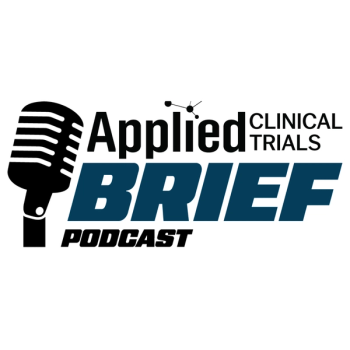
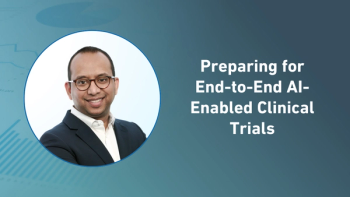

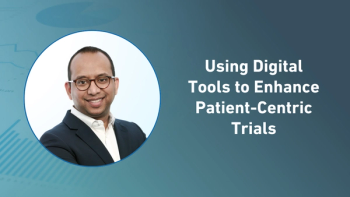

.png)
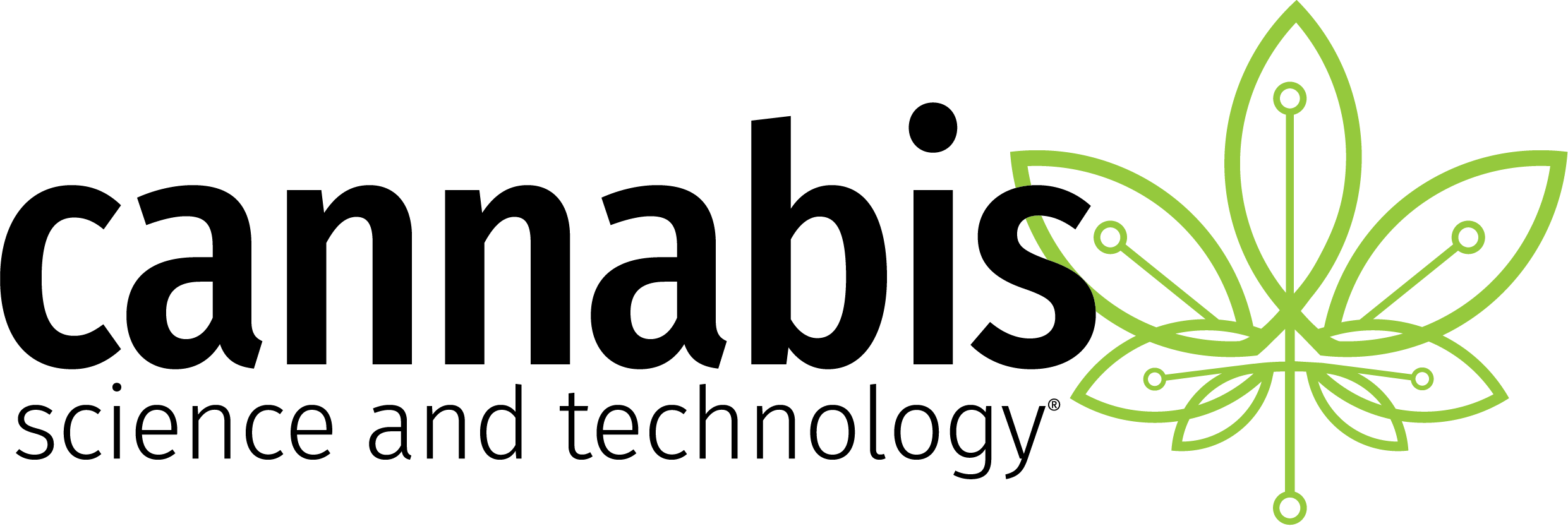
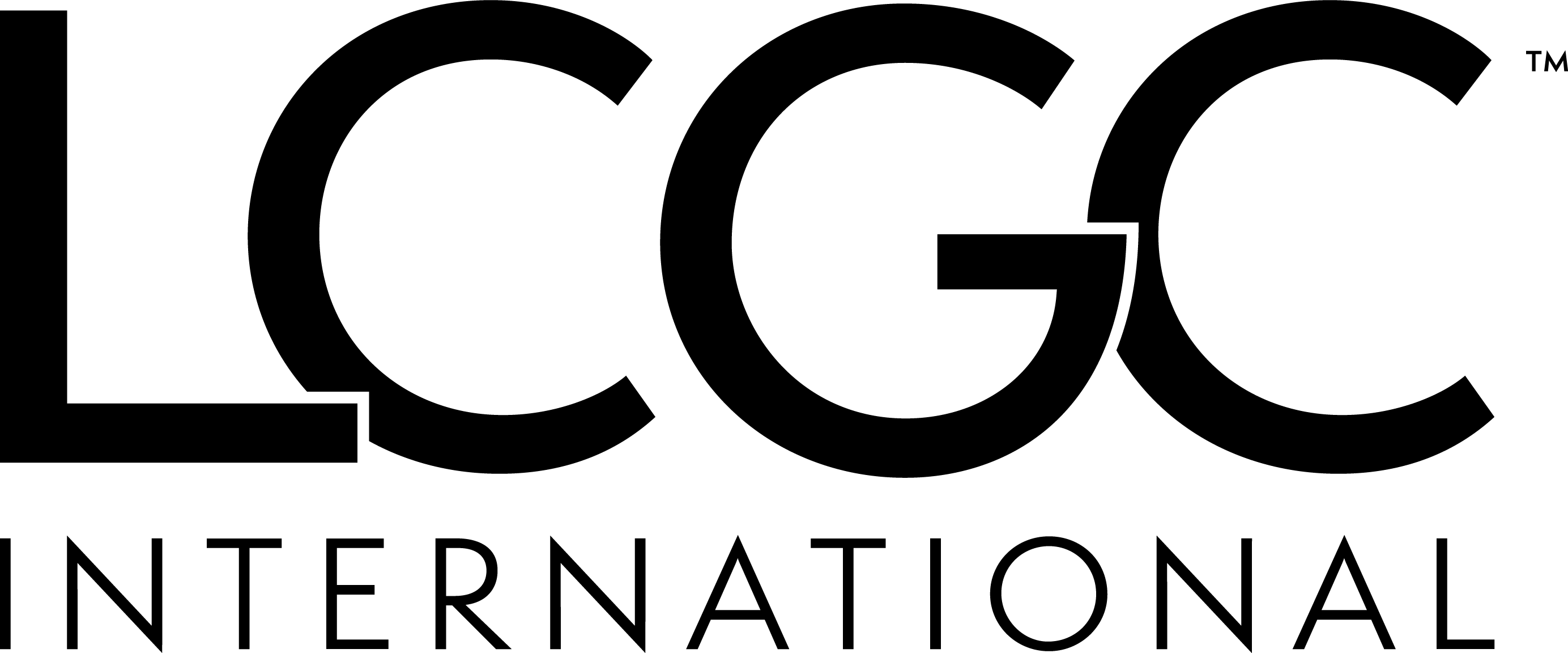

.png)



.png)
.png)
